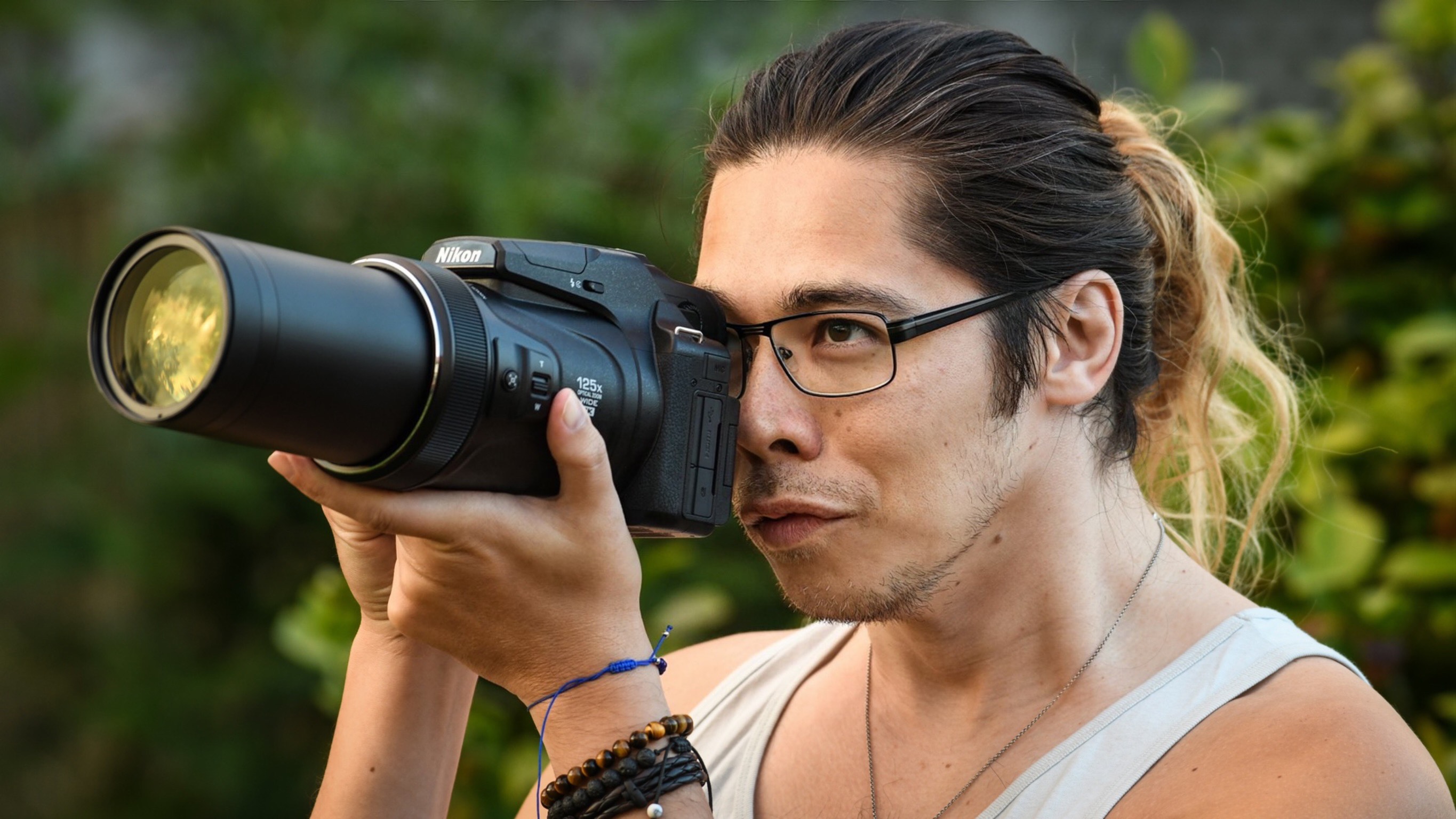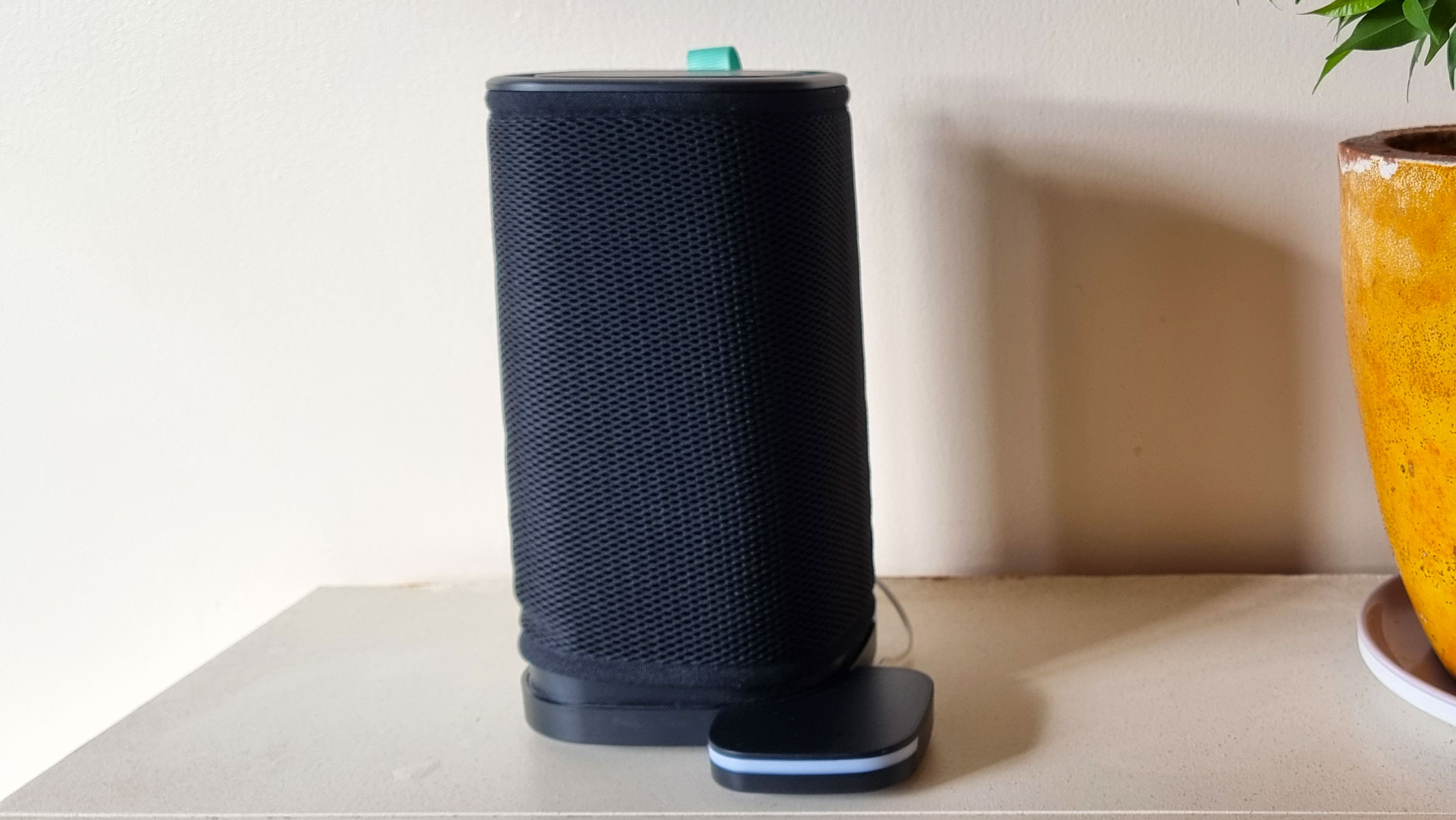Live Science Verdict
The Nikon Coolpix P1000’s 125x zoom shoots animals, buildings or even the moon from miles away. Want the ultimate zoom? You got it!
Pros
- +
Unparalleled zoom range
- +
Impressive stabilization
- +
Great ergonomics
Cons
- -
No weather sealing
- -
No touchscreen control
- -
Limited to ISO6400
Why you can trust Live Science
Type: Bridge
Sensor: 16MP 1/2.3” CMOS
Lens mount: N/A
ISO range: 100-6400
Viewfinder resolution: 2.36m dots
Video capability: 4K 30p / 1080p 60p
Weight: 3.12lbs
Size: 5.75 x 4.69 x 7.13 inches
Memory card type: SD
The Nikon Coolpix P1000 is all about one thing: giving you the ultimate zoom range in an all-in-one package. And thanks to its truly ridiculous 125x optical zoom, giving you coverage from 24-3000mm, it’s like having a mirrorless camera with almost every lens you could ever possibly need.
This makes it one of the best wildlife photography cameras, as you can stand far enough away for an animal to be a speck on the horizon at the wide end, then zoom all the way in and fill the frame with its face at the long end. Ditto shooting the moon, shooting sport, or anything else you choose to point the camera at – it’s truly remarkable.
The unprecedented reach comes with a compromise, though: the image quality. The extreme focal lengths are possible due to the crop size of the smartphone-sized 1/2.3” image sensor, which limits the resolution to 16MP and the ISO to 6400. While these limitations may raise eyebrows on paper, the real story is told by the sample images on this page.
Ultimately, the question is: do you want a camera with the best image quality where the subject can barely be seen in the frame, or a camera that enables you to zoom all the way into the subject’s eyeball with quality that’s only “quite good”?
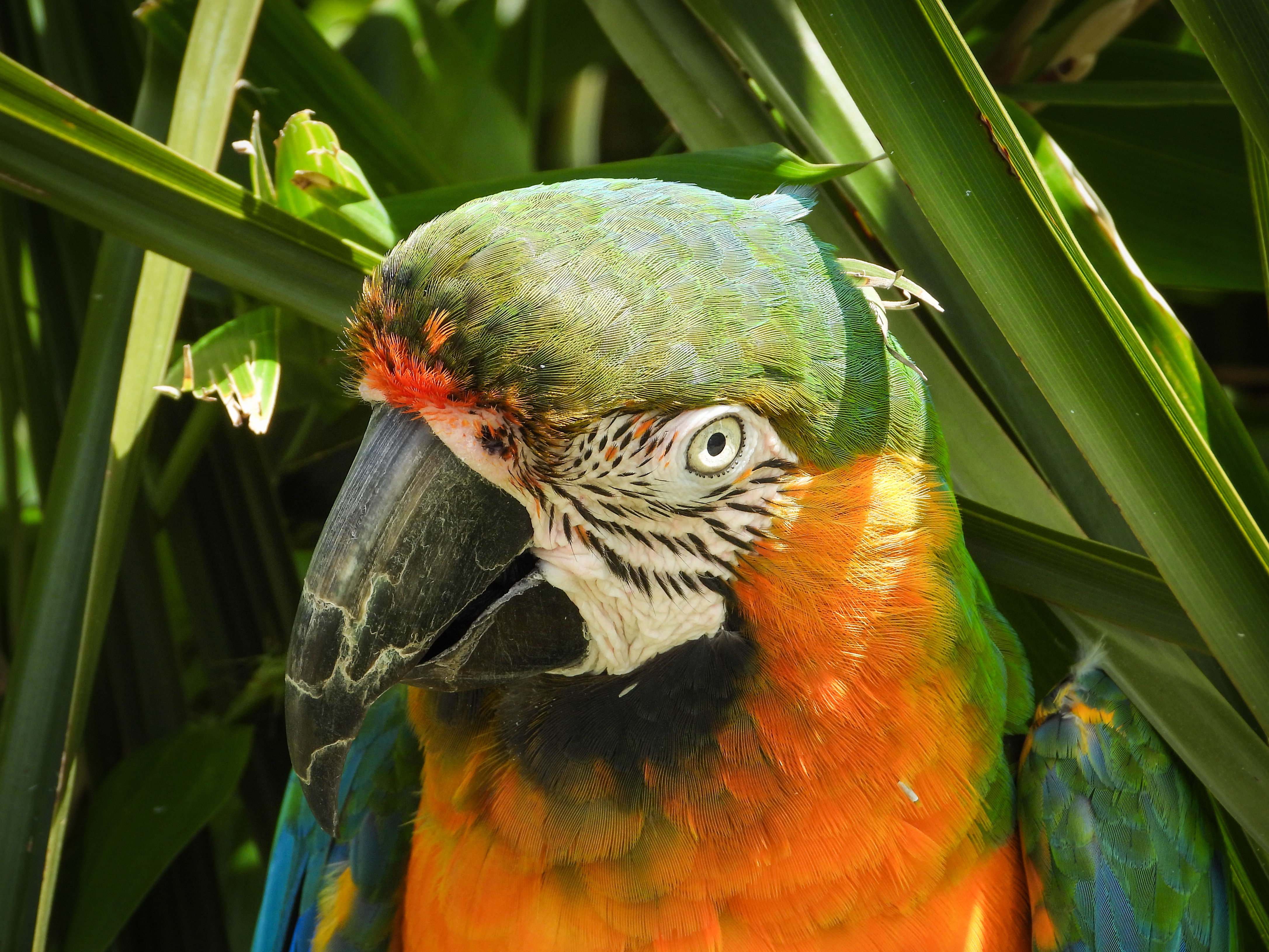
Nikon P1000 review: Design
• Sturdy construction
• Articulating screen
• Comfortable ergonomics
The Nikon P1000 may be the size of a tank, but amazingly it feels rather compact for what it actually offers. Trust us, we’ve used the Nikon 800mm f/5.6 lens – which is not only 7lbs heavier and $16,000 more expensive, but also only gives you 73% of the reach of the P1000.
Despite its bulk, it isn’t really that heavy, either, weighing much less than a DSLR with a zoom lens (which, again, wouldn’t offer anything like the same range). It’s very comfortable to hold and control and, unlike many DSLR-with-zoom lens combos, it isn’t front-heavy when shooting at the long end, with weight distributed much more evenly for steadier handling.
While the rear LCD screen doesn’t offer touch controls, it’s fully articulating – making life much easier for shooting video, and also enabling you to balance the body somewhere awkward (such as your knees) to make shooting at 3000mm more stable, without having to use the viewfinder. Should you prefer looking through the finder, though, it’s fully electronic – so, like the LCD, it gives you full-time live view of your scene, so what you see is what you get when you hit the shutter.

Nikon P1000 review: Functionality
Remote: Bluetooth Remote Control ML-L7
Dot sight: Nikon Dot Sight DF-M1
Spare battery type: Nikon EN-EL20A
Memory card: SanDisk Extreme SD card
• RAW photos
• 4K 30p video
• 7fps burst shooting
Traditionally, because they are primarily designed to streamline the process, bridge cameras tend to omit more advanced shooting features. The Nikon P1000, though, offers functionality that will really help you squeeze all the performance possible out of this technical marvel.
In addition to pleasing straight-out-of-camera JPG files, the P1000 can also capture RAW files – uncompressed images that contain far more data, enabling you to extract greater detail (for example, from shadows and highlights) with far more play in the post-production stage.
The buffer is quite limited (so be prepared for a bit of downtime after each burst), but having the ability to rattle off bursts of 7 frames per second can be extremely helpful when trying to capture fast action such as an animal’s twitchy movements.
And of course, the ability to shoot 4K footage at 25 or 30p makes this an incredibly powerful video device. It really can’t be overstated; being able to go from a 24mm establishing shot, then zoom all the way into an animal’s habitat or a tourist landmark means that you can get incredible views and close-ups without even having to move your feet!
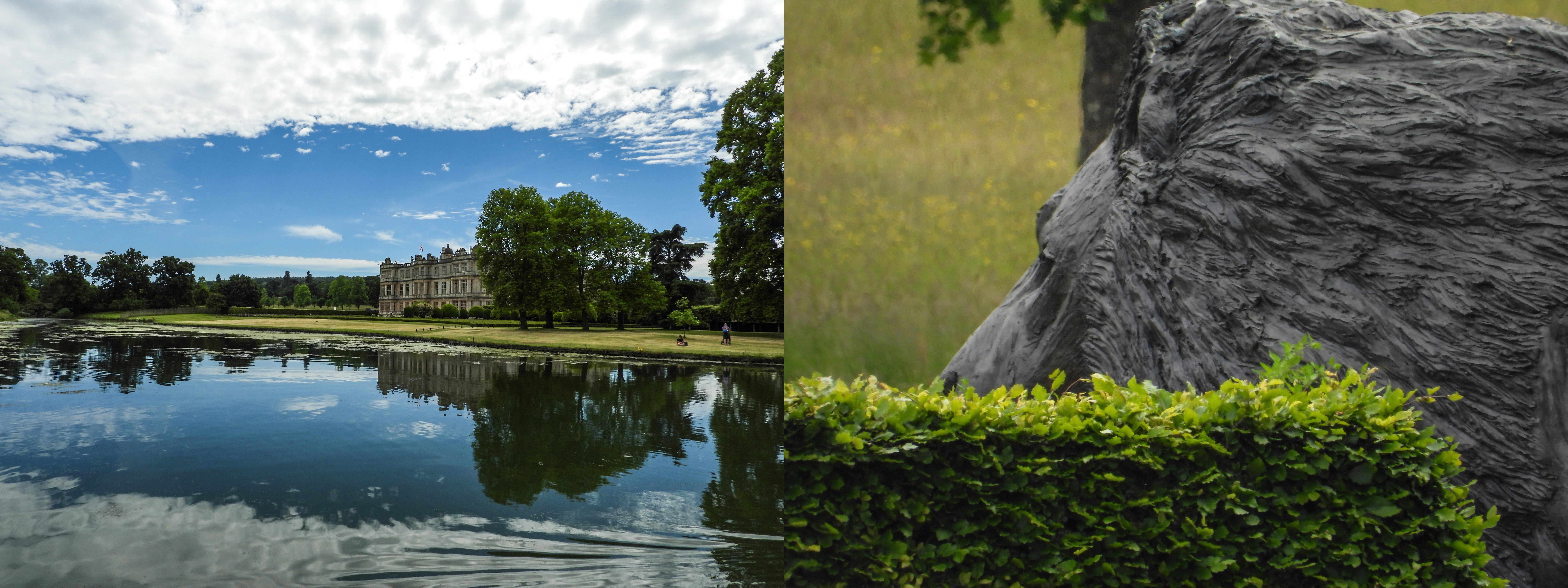
Nikon P1000 review: Performance
- Impressive zoom speed
- Great out-of-camera JPGs
- Hot shoe for accessories
In terms of pure image performance, you do need to be realistic: the 1.2/3” sensor is about the size of the one in your phone, which means that you’re not going to get supreme, DSLR or mirrorless camera levels of performance. However, that’s not to say that you should expect poor image quality – as you can see from the sample images here, the shots that the Nikon P1000 are capable to capturing are very impressive.
And these are just the JPGs, which the camera produces with great color and detail. If you want to work from the RAW files, you can get even better quality results – but if all you want to do is take pictures, choose your favorites and upload them straight to your social feed, the camera won’t let you down.
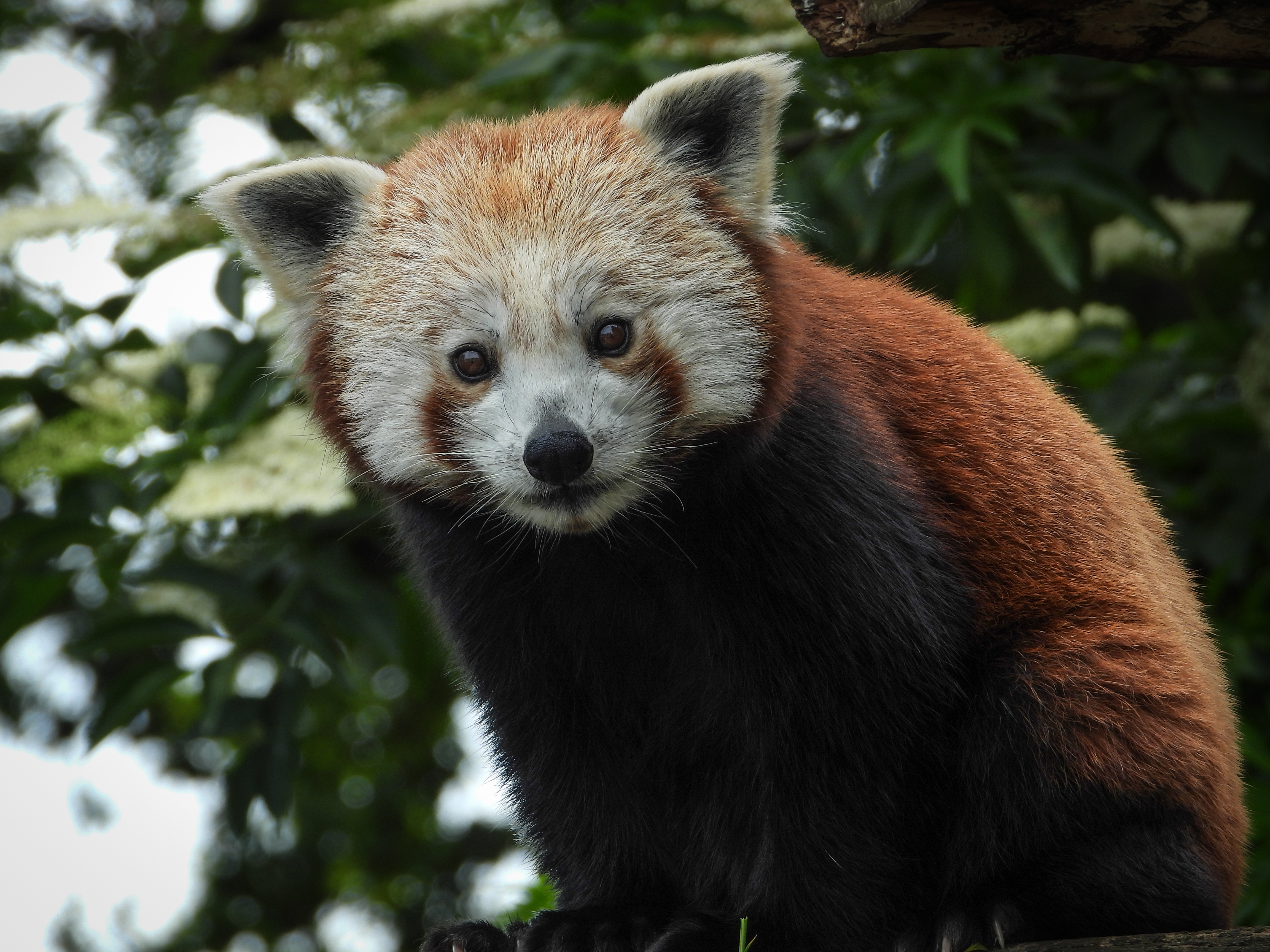
The speed of the electronic zoom is really impressive, enabling you to react super-fast to the action in front of you, or reframe your scene without missing a beat. Obviously the image stabilization starts to give diminishing results the closer to 3000mm you get, but I spent a whole day shooting handheld and never once missed a shot because I didn’t have a tripod.
A great bonus is having the hot shoe on top of the camera. While it obviously won’t be any good at the greater focal lengths, the ability to mount a flashgun gives the P1000 extra versatility (though there is a built-in pop-up flash, too), and you can also use Nikon’s Dot Sight to aid with precision bird photography.
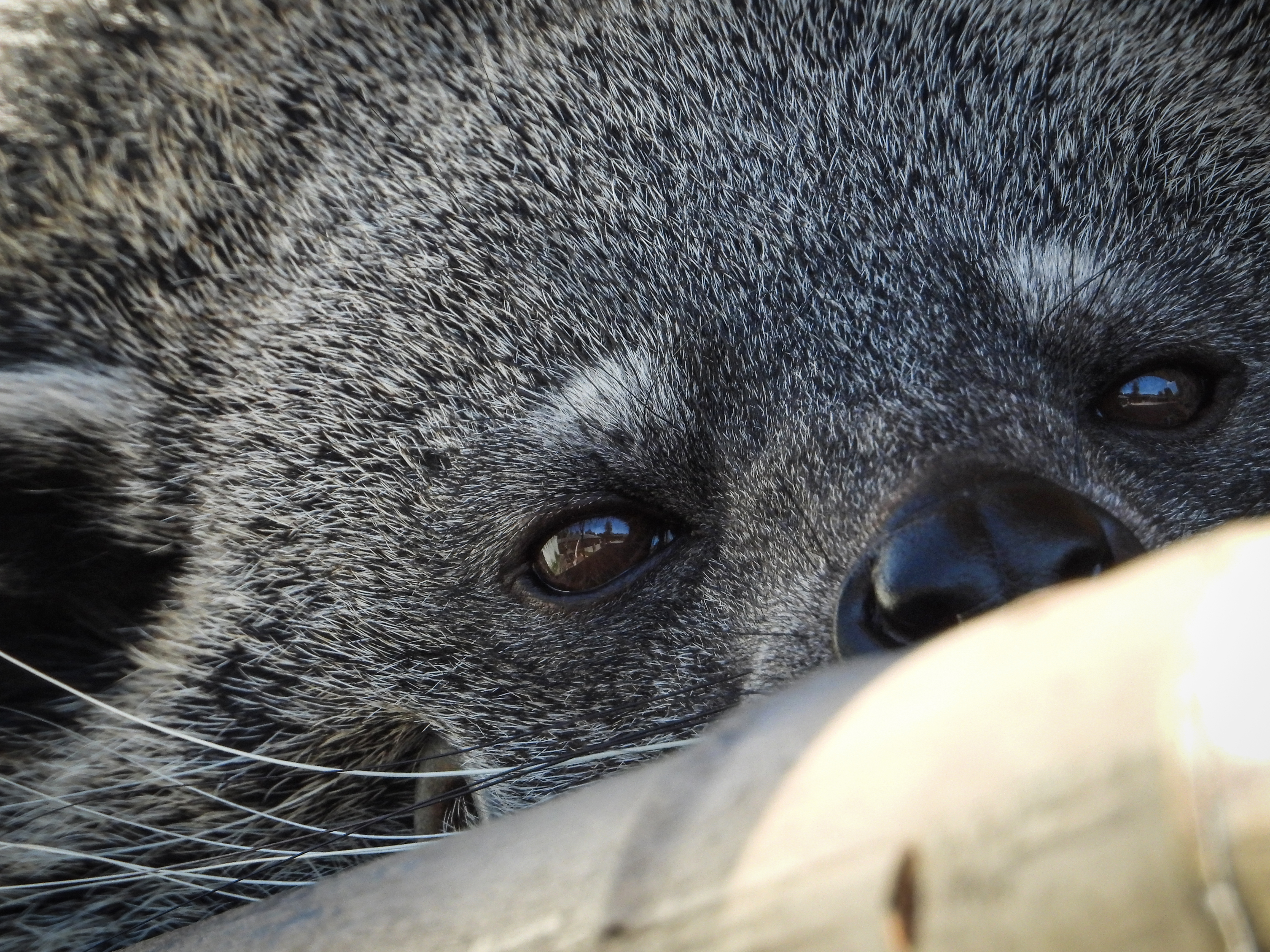
Should you buy the Nikon P1000?
Honestly speaking? I took this camera to a zoo along with a Nikon D850 (with 200-500mm f/5.6, which is a $4,400 setup) and a Nikon D500 (with 16-35mm f/4, a $2,700 kit) and the shots I was most pleased with were taken with the P1000. And the next time I go to the zoo, I’ll be reaching for the P1000 over any other camera. I don’t know what higher recommendation to give than that.
With 16MP of resolution and a small 1/2.3” image sensor, you won’t get gallery quality results, you’ll be limited in how big you can blow up your shots for prints, and the low light performance isn’t the best in the world. But again, take a look at the sample images here and open them full size – these are the results you actually get out of the P1000, and to my eye they’re pretty dang good.
This whole camera is geared towards giving you the ultimate focal range. As someone who has been on safari, and lugged three camera bodies and five different lenses (plus teleconverters) across the African planes, the option of having an all-in-one camera that can shoot absolutely everything is just mind-blowing.
You don’t even need any photographic experience; just stick it in Auto and let the camera do the thinking for you. For taking on family vacations, trips to the zoo, filming or shooting the kids’ sporting events, photographing the moon, and generally having a camera in the house that can always get the shot, look no further than the P1000.

If this product isn’t for you
If you want a more affordable option, the Nikon Coolpix P900 is around half the price. You still get a ludicrously long 2000mm maximum zoom, though you lose RAW image recording and 4K video (as the P900 can only shoot JPGs stills and 1080p footage). However, if you don't need the same reach and you're not worried about video, this is a great alternative.
For better image quality, look no further than the Sony Cyber-shot DSC-RX10 IV. It’s a few hundred bucks more than the P1000, and its zoom range is comparatively tiny at just 24-600mm. However, it uses a much larger 1-inch sensor with a 20.1MP resolution (and the lens has a faster aperture) giving you superior shots – along with 24fps bursts and up to 1000fps super slow-motion.
Of course, if you want the very best image quality you'll need to go for a DSLR or mirrorless camera. A full-frame camera like the Nikon D850 will give top quality, while an APS-C camera like the Nikon D500 has a 1.5x crop – which will extend the reach of your lenses (so a 200mm lens would become a 300mm and so on).
The editor of Digital Camera World, James has 21 years experience as a magazine and web journalist. He has worked professionally in the photographic industry since 2014, when he started as an assistant to Damian McGillicuddy (who succeeded David Bailey as Principal Photographer for Olympus). In this time he shot for clients as diverse as Aston Martin Racing, Elinchrom and L'Oréal, in addition to shooting campaigns and product testing for Olympus, and providing training for professionals. This has led him to being a go-to expert on cameras and lenses, photographic and lighting tutorials, as well as industry analysis, news and rumors for publications such as Digital Camera Magazine, PhotoPlus: The Canon Magazine, N-Photo: The Nikon Magazine, Digital Photographer and Professional Imagemaker, as well as hosting workshops and demonstrations at The Photography Show. An Olympus (Micro Four Thirds) and Canon (full frame) shooter, he has a wealth of knowledge on cameras of all makes – and a particular fondness for vintage lenses and film cameras.
